Royal marriages that changed history
The world of royalty is often a fascinating blend of opulence, power, and sometimes, tumultuous romance. These high-stakes relationships have historically played crucial roles in shaping conflicts.
From alliances to betrayals, royal marriages often doubled as political maneuvers. In the corridors of power, love was rarely just a personal affair. It was a tool, a weapon, and sometimes, the very reason for wars. Let’s explore how love and conflict intertwined in royal history.
The Political Power of Royal Marriages
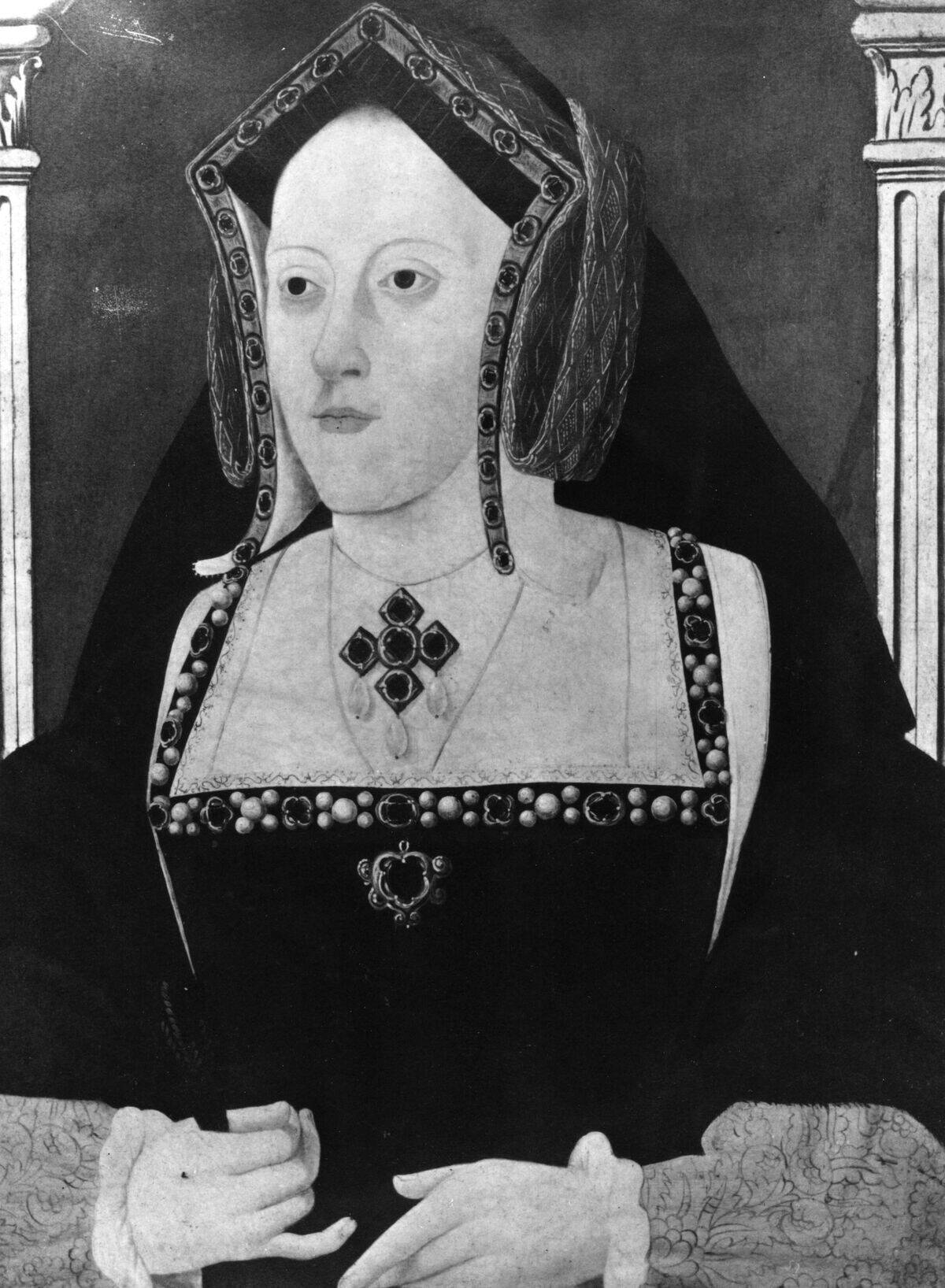
Royal marriages have always been more than just unions of love; they were strategic alliances. When nations were ruled by monarchs, a marriage could mean the difference between peace and war.
For example, when Catherine of Aragon married Arthur, Prince of Wales, it was a move to cement alliances between England and Spain. These marriages were diplomatic chess pieces, often orchestrated with the intention of consolidating power and influence across borders.
Love and Duty: The Dual Role of Royal Couples
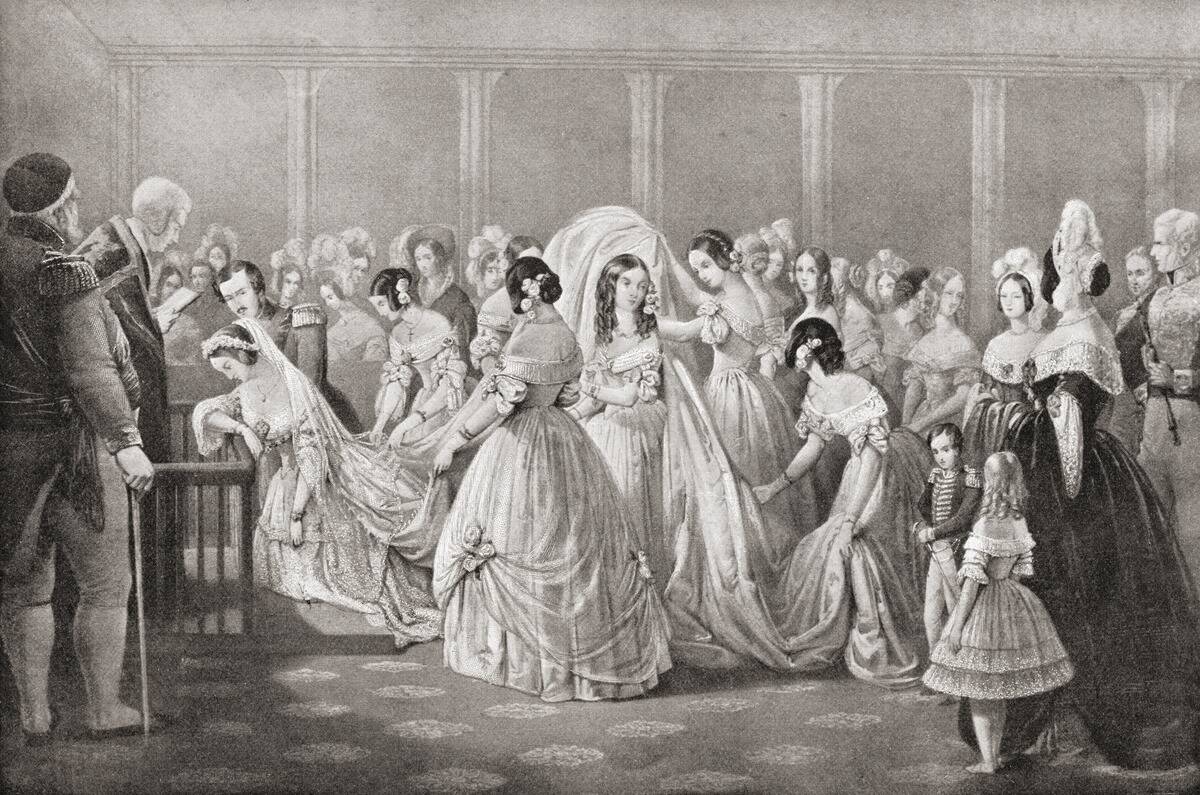
Royal couples often found themselves balancing personal affection with public duty. The story of Queen Victoria and Prince Albert is a notable example. Their marriage was a genuine partnership, yet it also served the British Empire’s interests.
While their romance captivated the public, they worked tirelessly to modernize the monarchy’s image. This dual role was a constant juggling act, requiring them to put personal feelings aside for the greater good of their nation.
Henry VIII and Catherine of Aragon: The King’s Great Matter
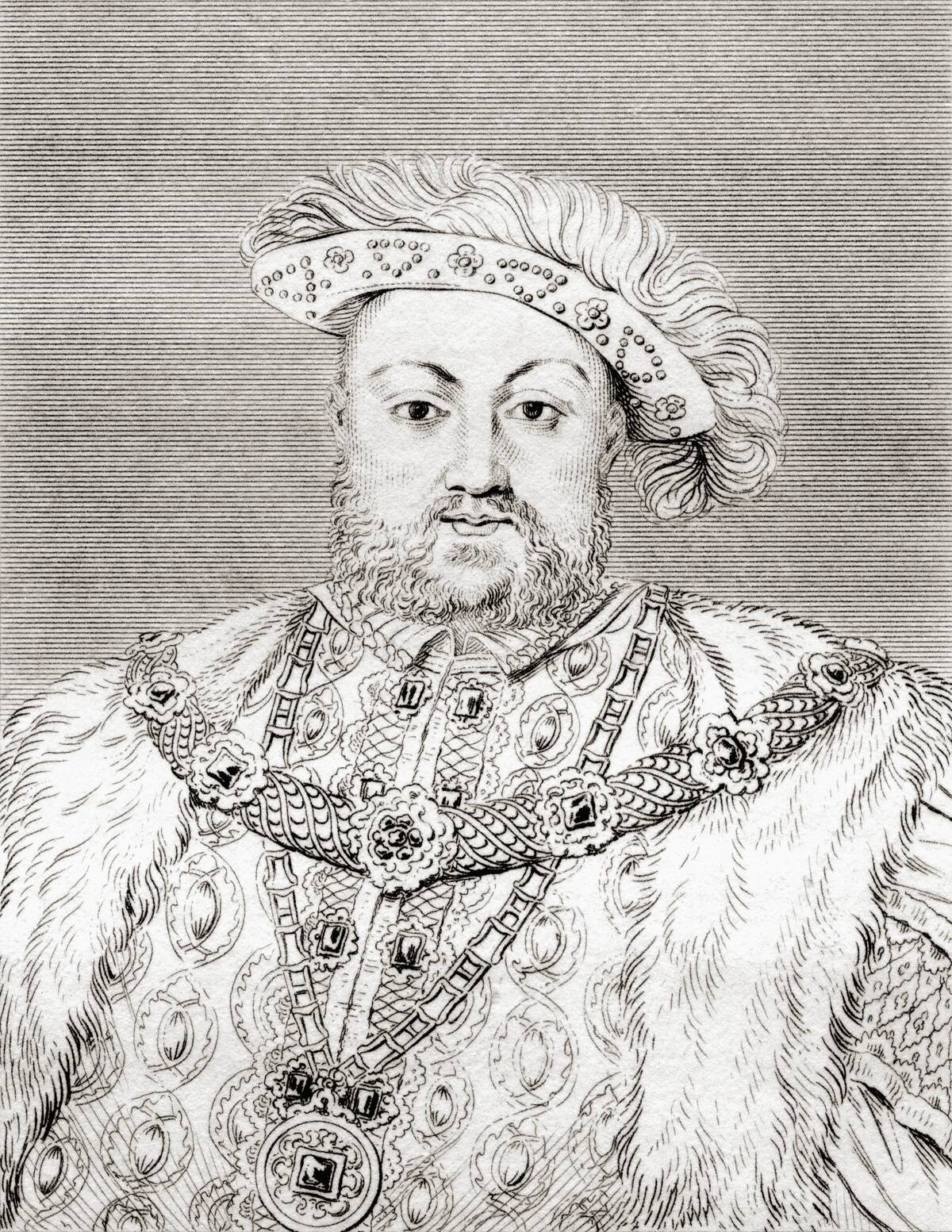
Henry VIII’s marriage to Catherine of Aragon was initially one of mutual respect and alliance. However, the lack of a male heir turned their union into what Henry famously called “The King’s Great Matter.”
Henry’s quest for annulment led to England’s break from the Catholic Church, a seismic shift in religious and political power. Catherine’s refusal to acquiesce to the annulment request only heightened tensions, setting the stage for significant religious reforms in England.
The War of the Spanish Succession: A Bourbon Marriage That Shook Europe
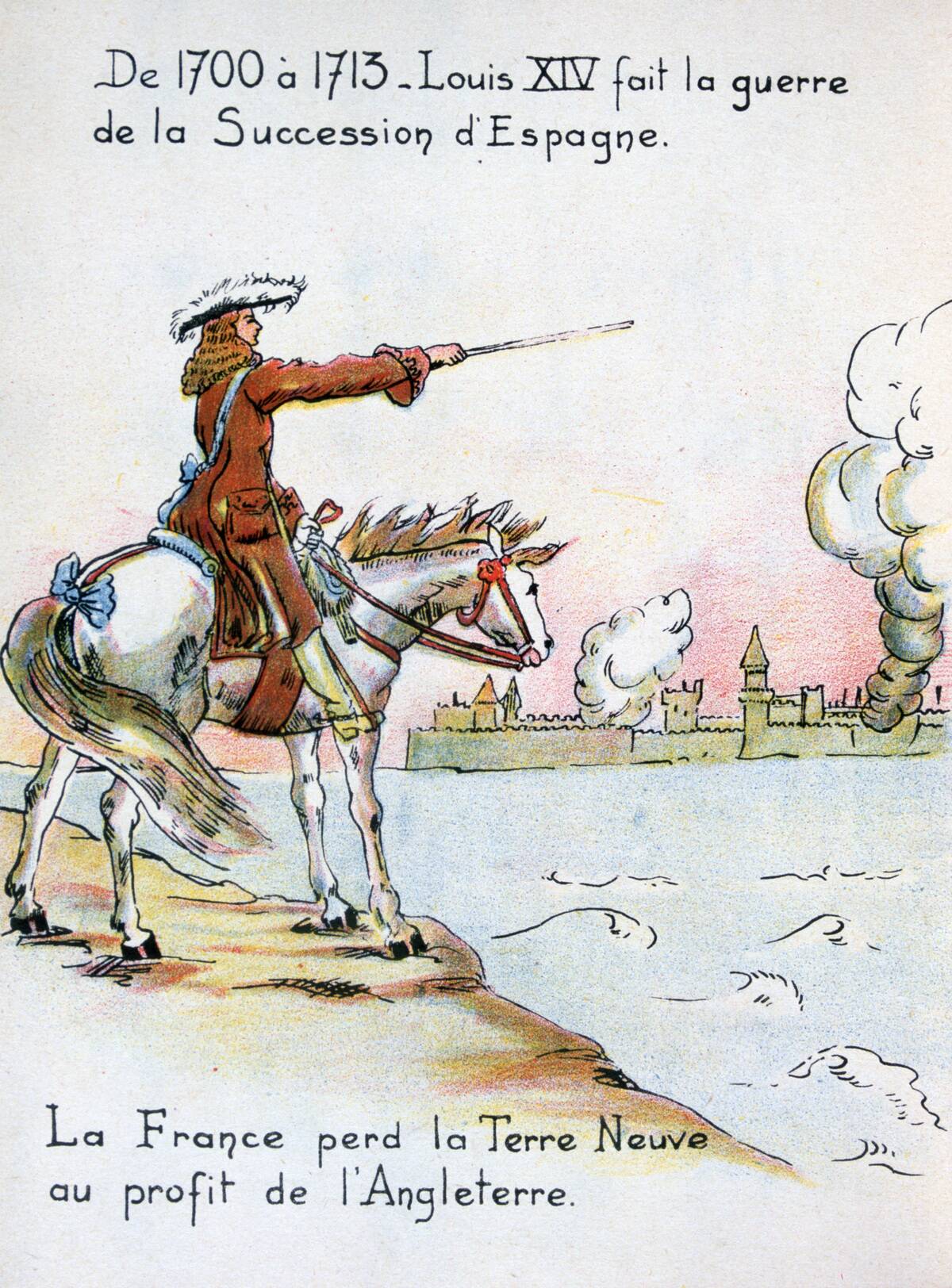
The War of the Spanish Succession was triggered by the death of the childless Charles II of Spain. His will named Philip of Anjou, a French Bourbon, as his successor, uniting France and Spain under a single crown.
This potential superpower alarmed other European nations, leading to a protracted conflict. The marriage of Philip’s grandfather, Louis XIV of France, to Maria Theresa of Spain, had initially been a peaceful alliance, but it sowed seeds of future discord.
Mary, Queen of Scots and Lord Darnley: A Marriage Marred by Murder
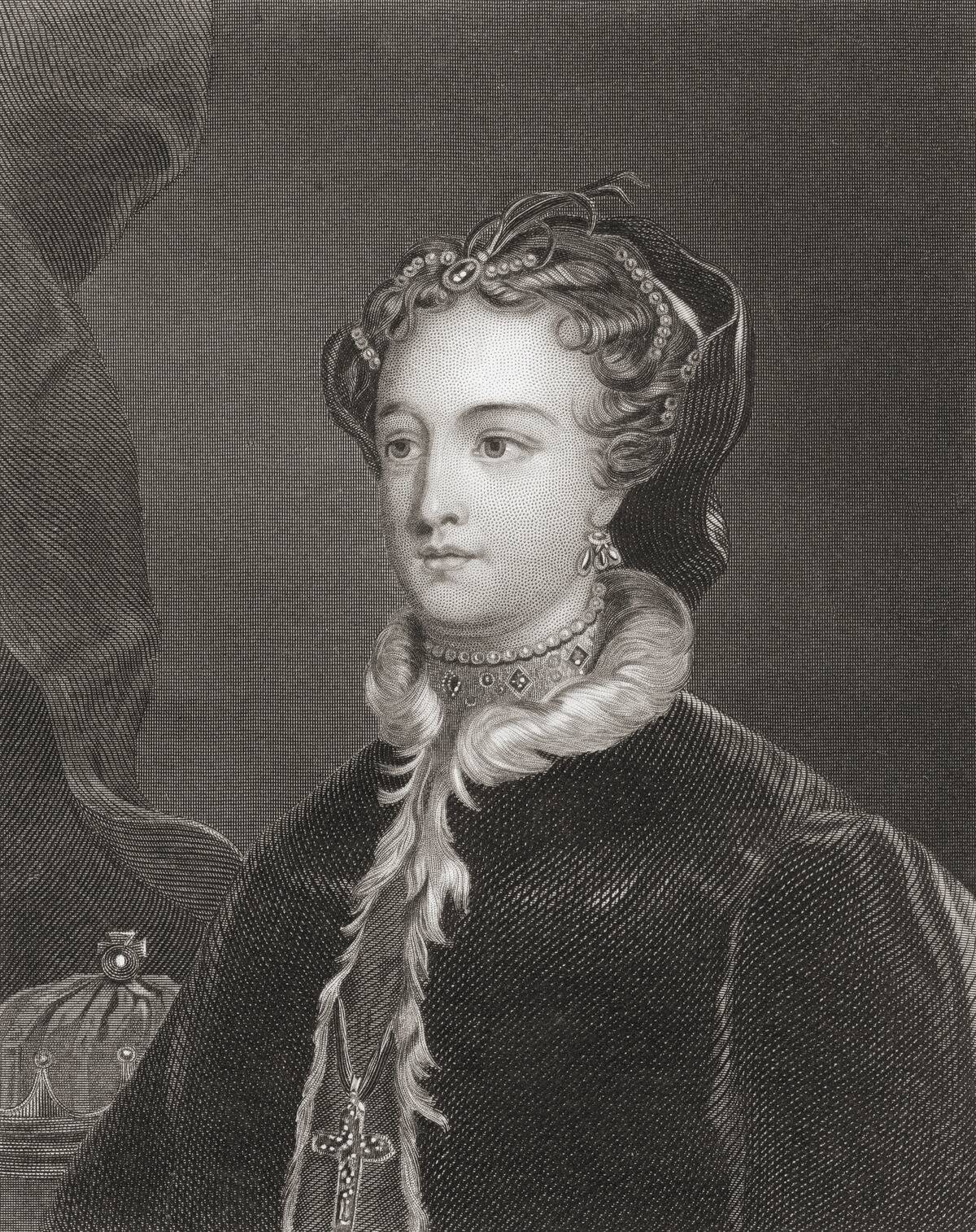
Mary, Queen of Scots, and Lord Darnley’s marriage started with promise but ended in tragedy. Their union was politically advantageous, uniting two claims to the English throne. However, their relationship quickly soured, with Darnley’s ambition and Mary’s political troubles exacerbating tensions.
Darnley’s mysterious murder remains a historical enigma, with suspicions of Mary’s involvement leading to her downfall and eventual execution.
The War of the Roses: The Marriage That Started It All
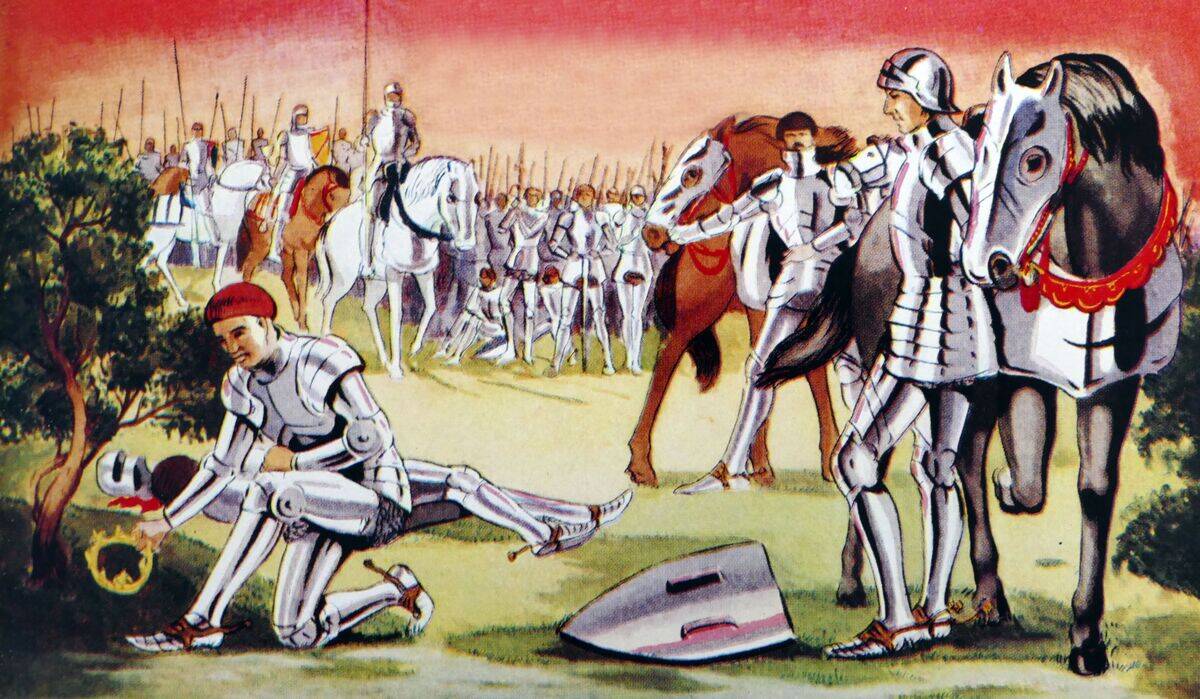
The War of the Roses was a series of dynastic conflicts between the houses of Lancaster and York. The marriage of Henry VI to Margaret of Anjou was intended to solidify his reign but inadvertently fueled tensions.
Margaret’s strong-willed nature and Henry’s weak leadership created a volatile court. Their union, while meant to stabilize England, instead deepened divisions, eventually leading to a civil war that reshaped English history.
The War of the Austrian Succession: Maria Theresa and Her Contested Throne
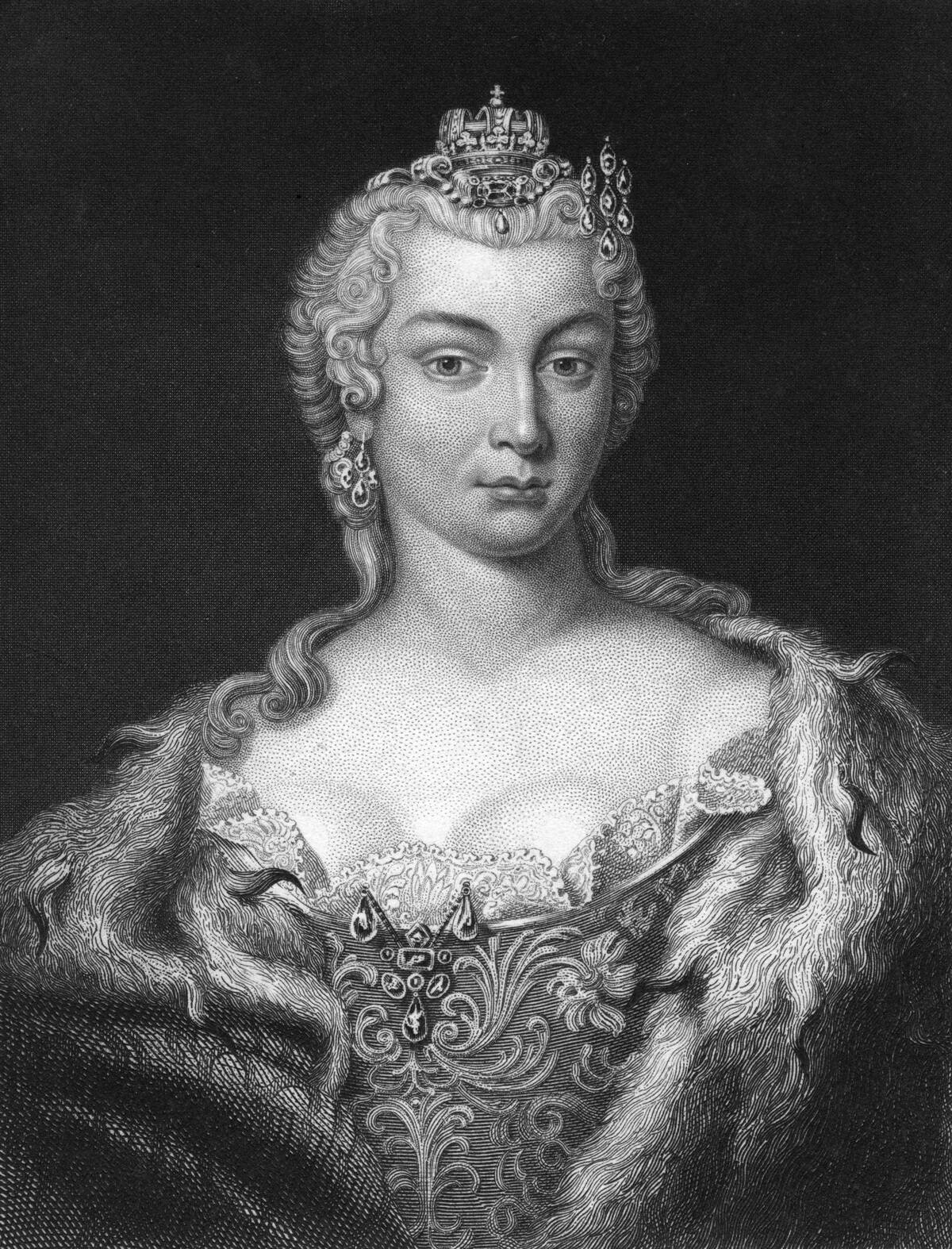
Maria Theresa’s ascent to the Austrian throne was met with widespread resistance, sparking the War of the Austrian Succession. Despite being Charles VI’s designated heir, her gender was contested, leading to a coalition against her.
Maria Theresa’s marriage to Francis Stephen of Lorraine was a strategic alliance that helped her secure support. Her reign demonstrated resilience, as she defended her territories and reformed her empire, laying the groundwork for future stability.
Queen Isabel II of Spain: Marital Missteps and the Revolution of 1868

Queen Isabel II’s reign was marked by political instability and personal scandals. Her marriage to Francis of Assisi was arranged for political reasons, but it was an unhappy union. Isabel’s alleged affairs and the couple’s lack of a legitimate heir fueled public discontent.
The revolution of 1868, known as La Gloriosa, resulted in her dethronement and exile. Her reign exemplified how personal and political missteps could lead to significant upheaval.
The Napoleonic Wars: Josephine and Napoleon’s Ambitions

The marriage of Napoleon Bonaparte and Josephine de Beauharnais was both a romantic and strategic alliance. Josephine’s social connections aided Napoleon’s rise, but their union was strained by her inability to produce an heir.
Napoleon’s eventual annulment of their marriage allowed him to pursue a dynastic alliance with the Austrian Archduchess Marie Louise. This shift in marital strategy underscored the intersection of personal ambition and political necessity that characterized Napoleon’s reign.



